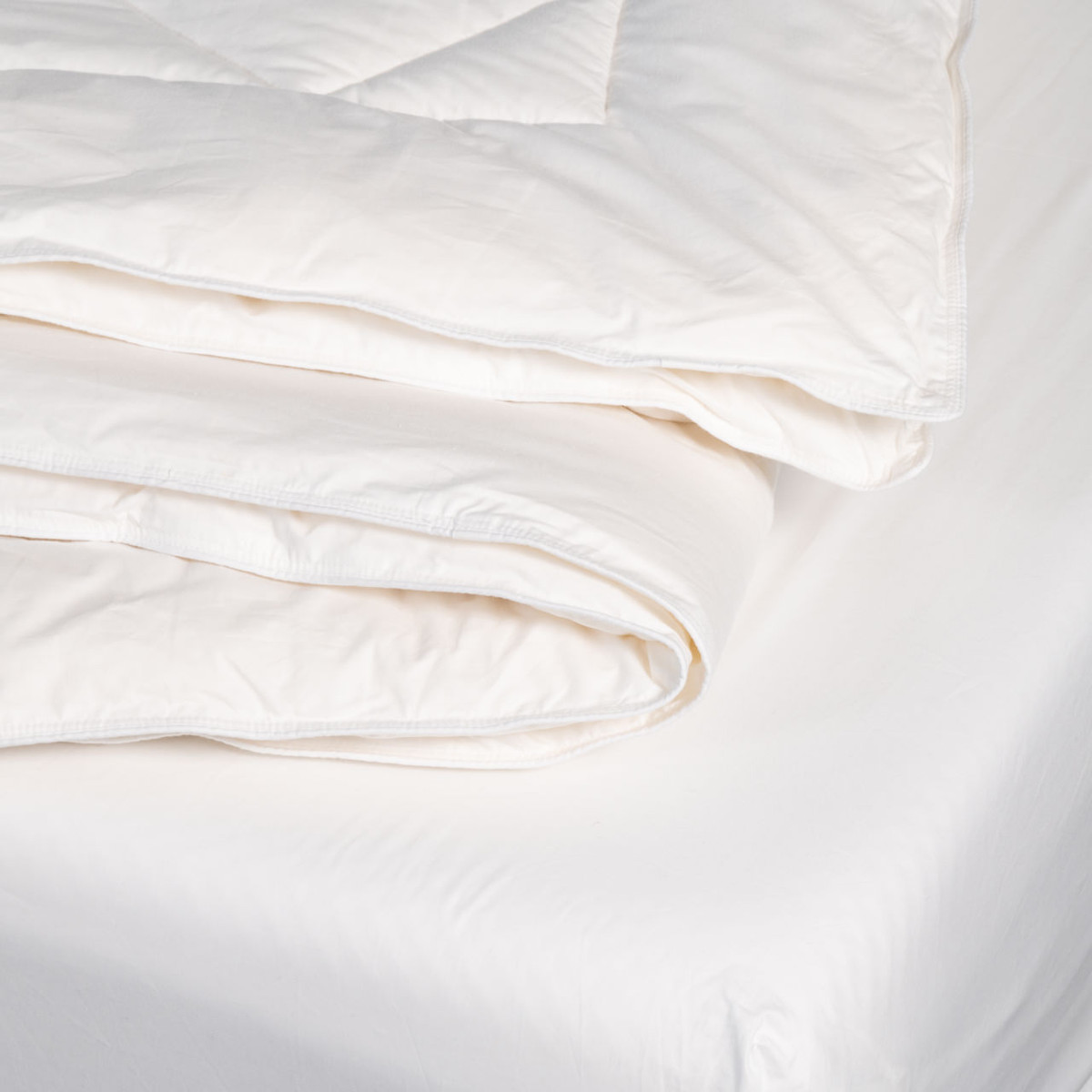Why are my quilts turning yellow? (and how to prevent it)
13th Aug 2025
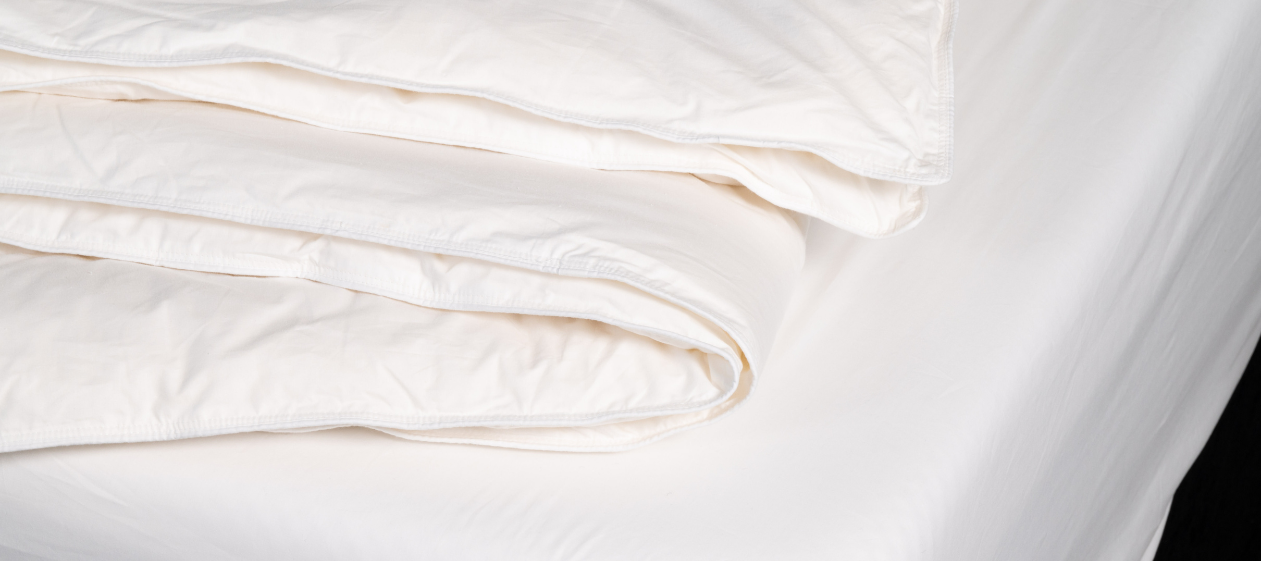
Let’s talk about the elephant-sized yellow patch in the room. You know the one – you shake off your doona cover, ready to freshen things up with crisp new bedding, and there it is: your once-pristine quilt has taken on a not-so-chic shade of yellow. It’s a common issue, and absolutely nothing to be embarrassed about.
We’re here to help you understand why it happens and how to prevent it.
Why do quilts turn yellow?
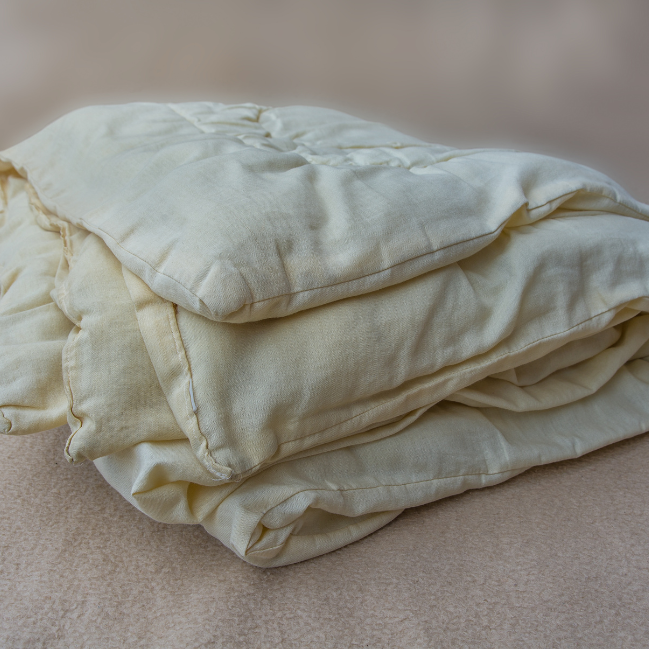
Quilts can yellow over time for a whole host of reasons — none of which are your fault (we promise). Here's the lowdown:
● Body oils and sweat: Believe it or not, the main culprit is just sleeping under your doona, like we all do, every single night. Natural body oils and perspiration can seep through your sheets and doona cover and into your quilt, leading to discolouration over time — especially if the quilt's not getting a regular wash
● Detergent residue: Using too much detergent (or not rinsing properly) can leave behind a soapy residue that acts like a dirt magnet. Over time, that buildup can cause yellowing and dullness, especially in lighter-coloured quilts.
If your quilt is machine washable, make sure you’re not going overboard on the suds, and always opt for an extra rinse cycle to keep things fresh, not filmy. Not all quilts are machine-safe though, so always check the care label before throwing it in the wash.
● Improper storage: Stashing your quilt in a damp linen cupboard or sealed plastic bag can invite mould, mildew, and those dreaded yellow stains. Quilts need to breathe too, you know.
If you’re unsure whether your quilt is suffering from simple yellowing or something nastier, check the smell and pattern: mildew or mould will often have a musty odour and appear as irregular dark spots or patches. If mould or mildew is present, you should discontinue use and discard immediately.
Natural yellowing, on the other hand, usually shows up as an even discolouration or slight tint and is safe to treat and continue using.
● Age and oxidation: Even the best-behaved quilts aren’t immune to time. As fabrics age, they naturally oxidise — especially when exposed to light and air — giving them that slightly yellow, “vintage” vibe (not the cute kind)
How to prevent yellowing:
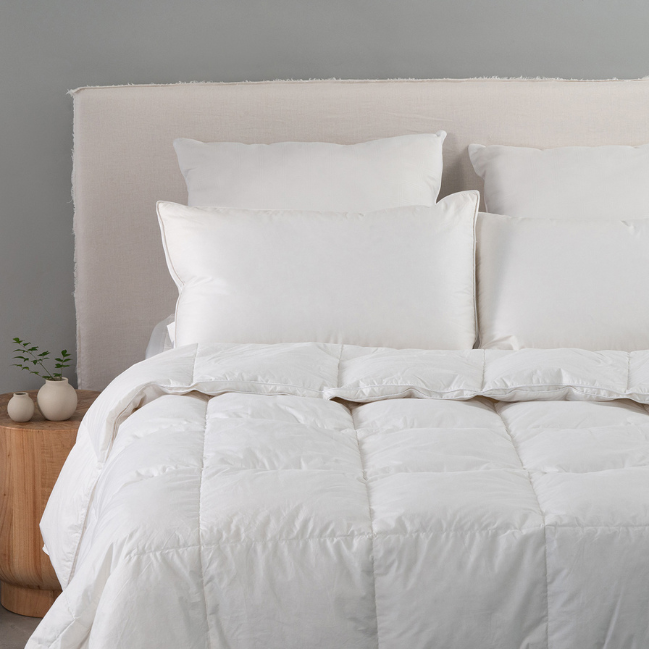
● Regular washing: Aim to wash your quilt every 3–6 months, depending on how often it's used. This helps remove all the body oils, sweat, and skin cells that can slowly build up and lead to discolouration
Just make sure to check the care label first — not all quilts are machine washable (sad but true). If you’re after an easy-care option, our machine-washable quilts are designed to throw straight in the washing machine.
● Use gentle detergents: Harsh chemicals can wear down fabric fibres and make yellowing worse. A pH-balanced, eco-friendly formula like Canningvale’s Signature Concentrate Laundry Liquid cleans effectively without the nasties, keeping your quilt fresher for longer.
● Proper storage: When not in use, keep your quilt stored in a cool, dry spot away from damp or humid conditions. Avoid plastic bags (they trap moisture!) and opt for breathable cotton storage bags to let air circulate and prevent mildew.
● Sunlight exposure: Every now and then, let your quilt catch a bit of sun. A few hours outdoors (not in direct harsh sunlight) can naturally freshen it up — sunlight has mild bleaching properties that help lift light stains and keep odours at bay.
Our Picks:
How to clean a yellowed quilt:
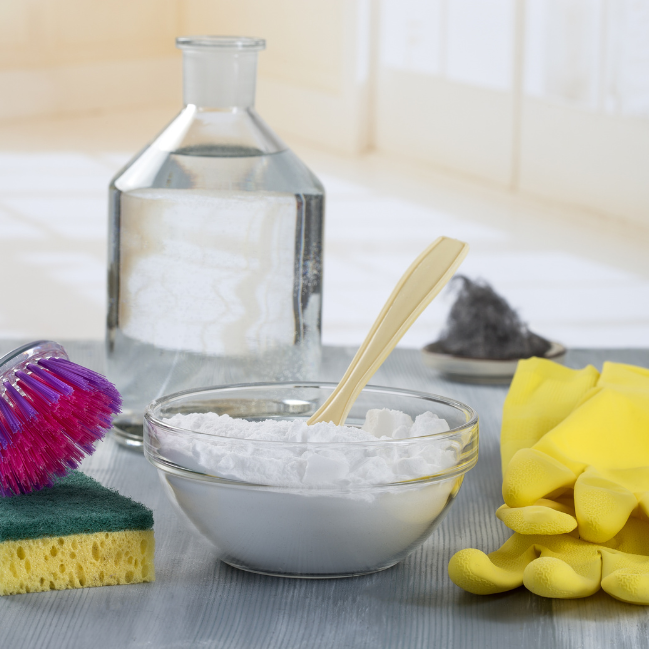
If your quilt has already yellowed, don’t despair. Here’s how to tackle it:
1. Check care labels: Always start by reading the manufacturer’s care instructions on your quilt
2. Soak in vinegar solution: Fill a bath with warm water and add 1 cup of white vinegar. Submerge the quilt and let it soak for an hour
3. Baking soda boost: After the vinegar soak, sprinkle baking soda over the quilt, gently scrub any particularly yellow areas, and rinse thoroughly
4. Gentle wash: Wash the quilt on a gentle cycle using a mild detergent
5. Air dry: Lay the quilt to dry in a shaded area, flipping occasionally to ensure even drying
Our Picks
What not to do
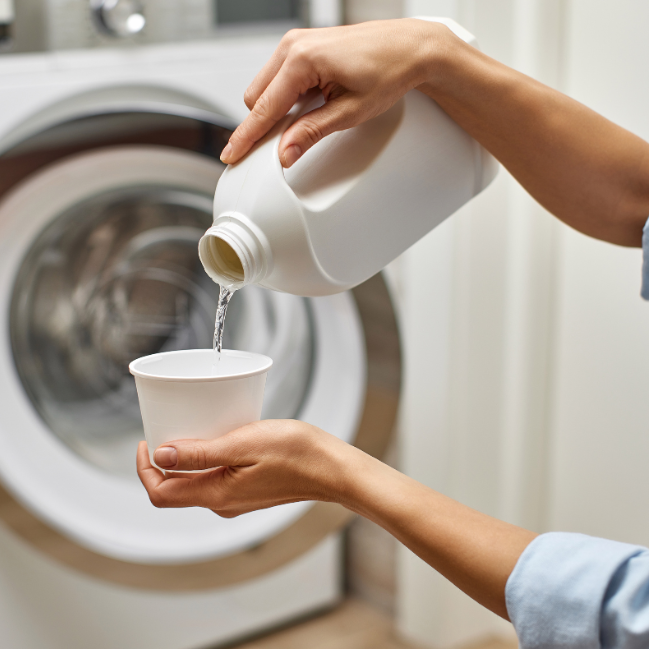
● Avoid bleach: It might seem like the obvious fix for yellowing, but bleach can actually do more harm than good. It weakens the fabric fibres and may even cause further discolouration — especially with natural materials.
● Don’t overwash: We get it, a fresh quilt is divine — but washing too often can shorten its lifespan. Stick to every 3 months at most, unless there’s been a spill or it’s looking a little too well-loved.
● Air dry only: Skip the dryer entirely. High heat can warp the filling, damage the fabric, and even cause yellowing—so let it dry naturally for the best results.
Pro Tips:
● Use a doona cover: It might sound like a no-brainer, but we’re covering our bases (pun intended). A washable cover is your quilt’s first line of defence, taking the hit from body oils, sweat, and night-time snacks (no judgement). Want to go the extra mile? Layer a flat sheet between you and the doona cover to reduce contact even further — your quilt will thank you for it.
● Rotate your quilt: Every so often, flip or rotate your quilt (yep, just like a mattress) to make sure it wears evenly. This helps prevent discolouration in the same spots over time.
● Invest in high quality: Better quilts = better longevity. High-quality options like our Luxury Quilt and Lana Washable Wool Quilt are designed to breathe better, hold their shape, and resist yellowing when cared for properly.
● When in doubt, dry clean: If your washing machine isn’t large enough to fit your quilt (we recommend a machine with a capacity greater than 17kg), all Canningvale quilts are dry cleanable — so you can let someone else do the hard work.
Our Picks
Sweet Dreams Await
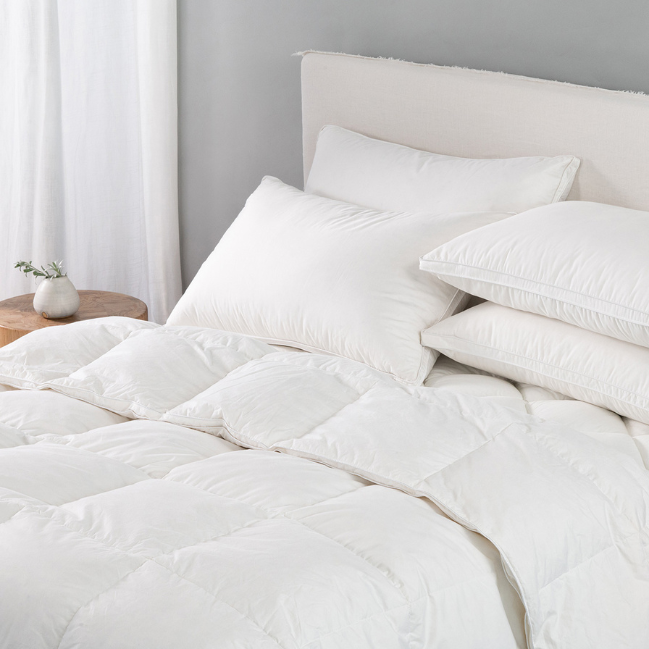
So, in conclusion…
Yellowing quilts? Totally normal. It happens to the best of us — and honestly, that’s exactly why doona covers were invented. With a little regular care (and the right tools in your laundry arsenal), you can keep your bedding looking fresh, clean, and guest-ready.
Explore Canningvale’s range of premium quilts to help you maintain that crisp, clean-sheet feel — night after night, nap after nap.

 Bedroom Clearance
Bedroom Clearance







 Australian Dollar
Australian Dollar
 New Zealand Dollars
New Zealand Dollars
 US Dollars
US Dollars
